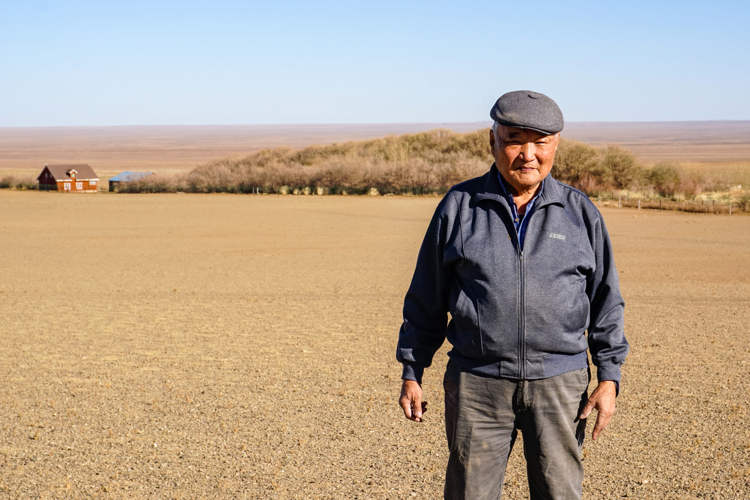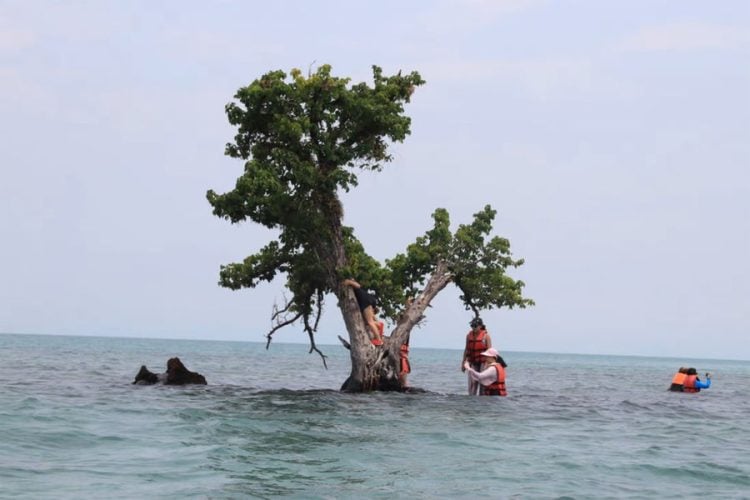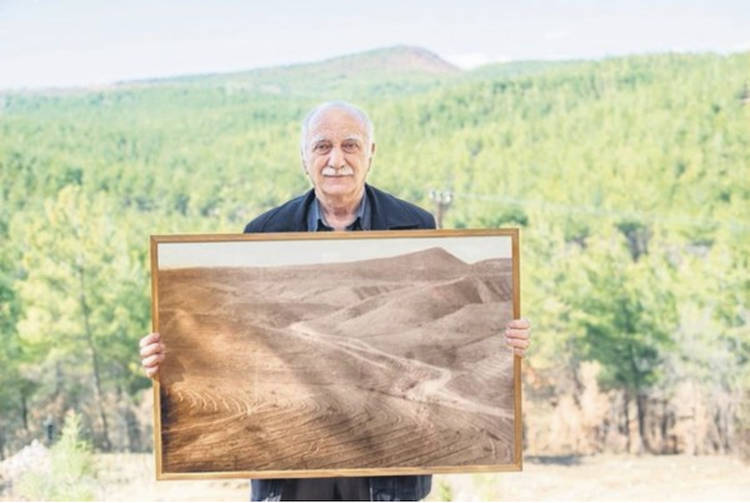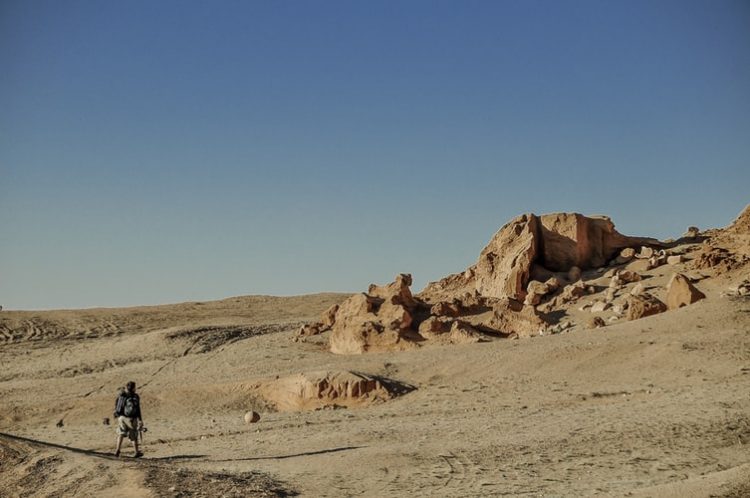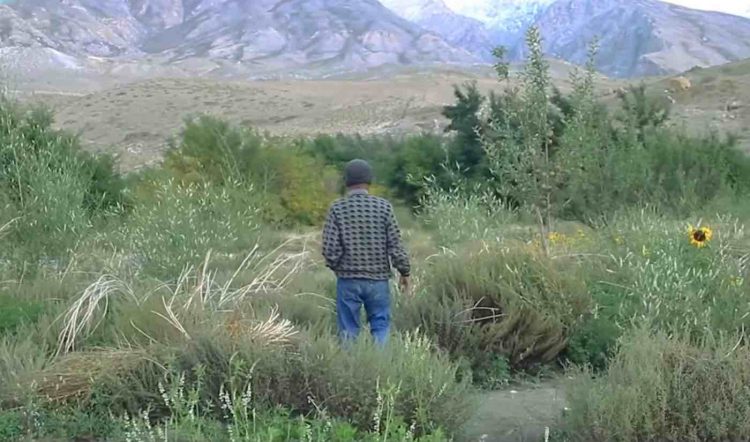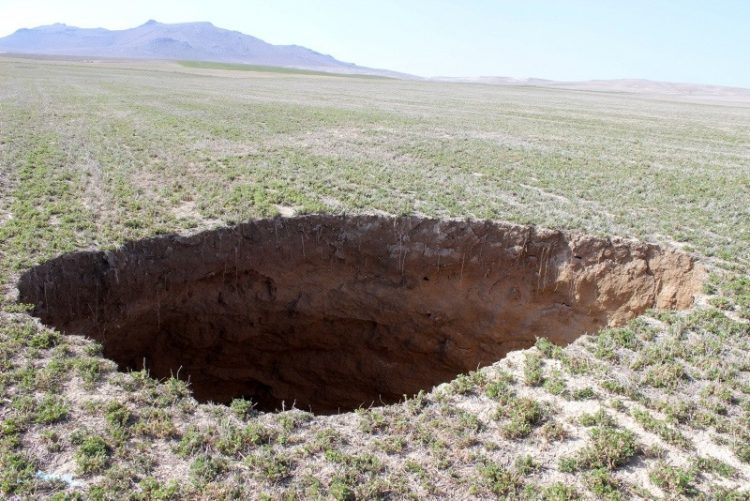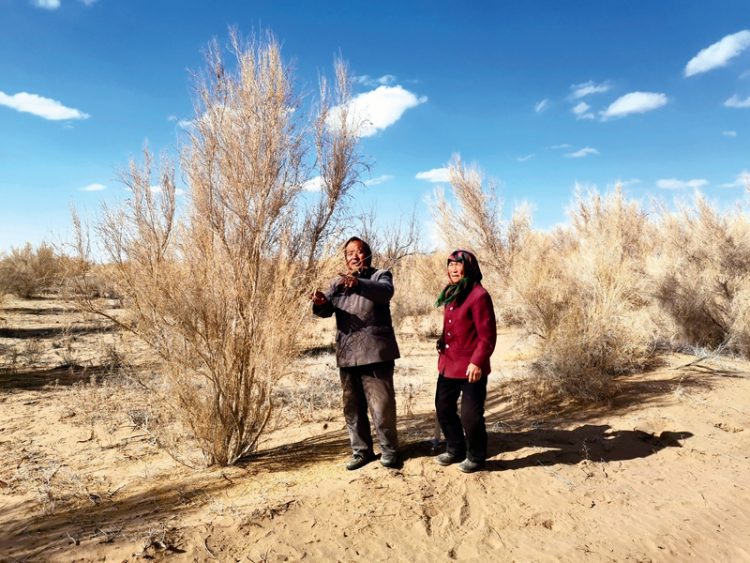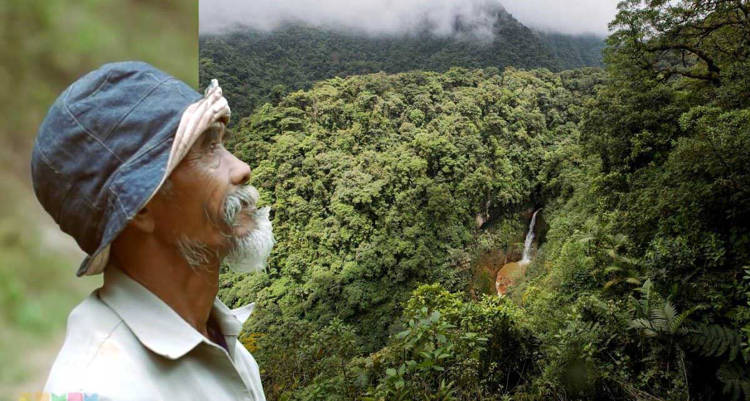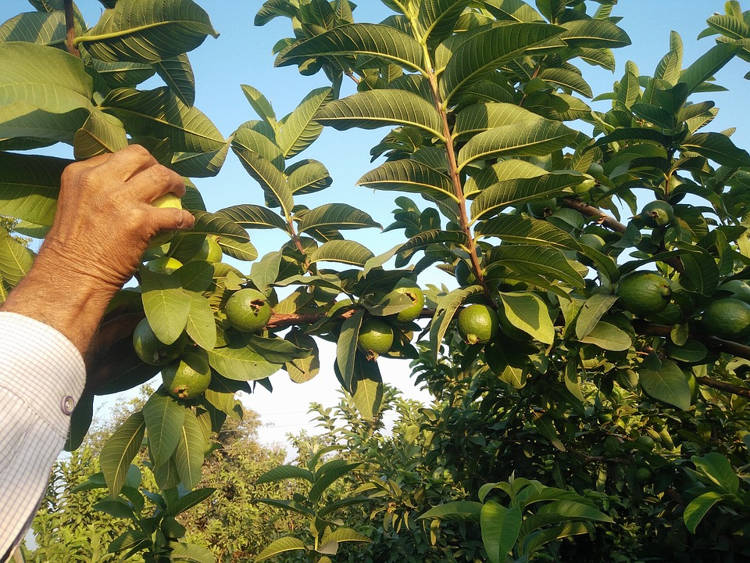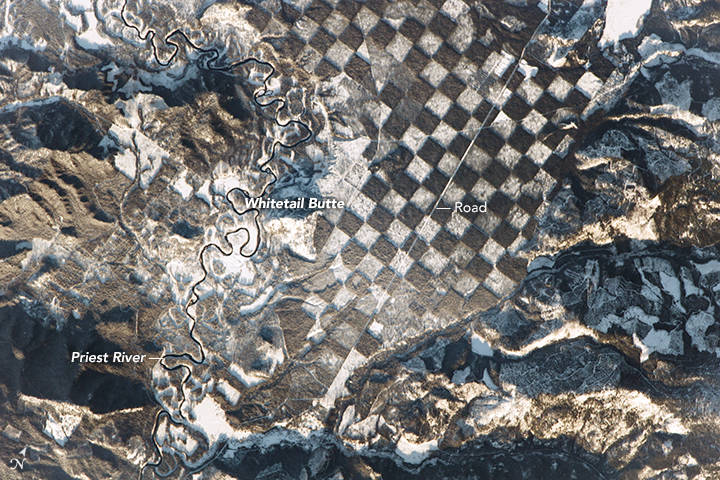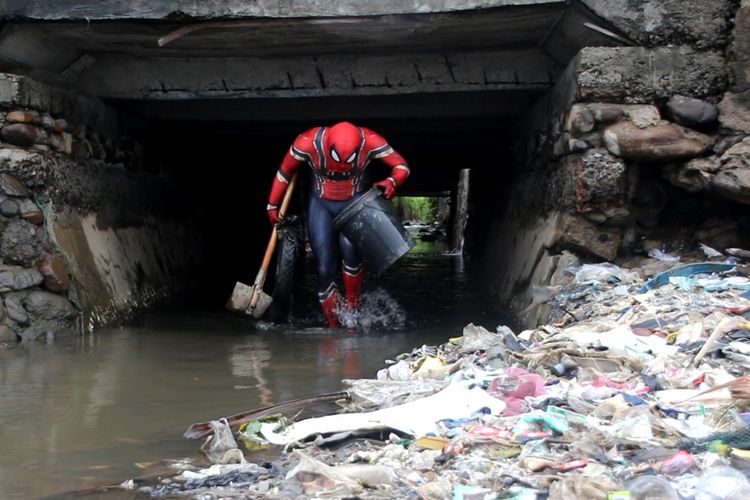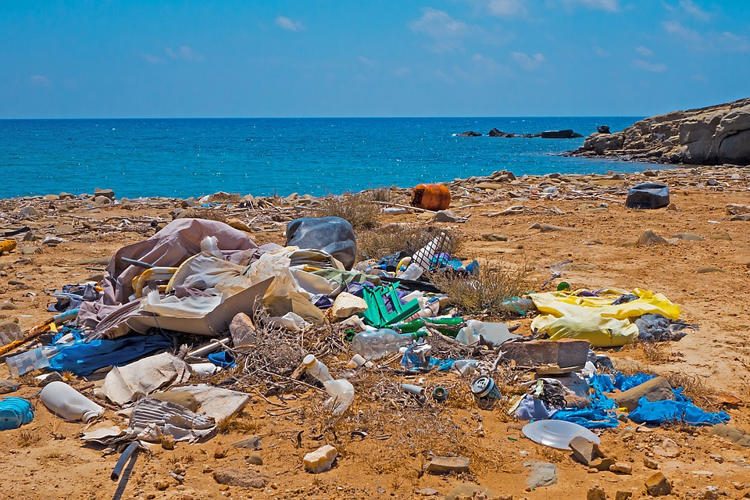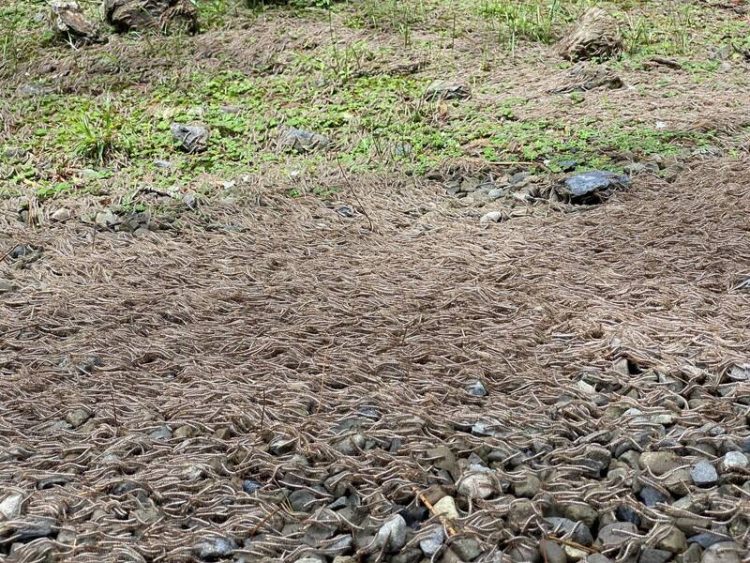An 82-year-old Mongolian man has dedicated the last three decades of his life to nurturing a green oasis in the middle of the Gobi Desert.
Baraaduuz Demchig is often mentioned as living proof that man can fight desertification. His 16-hectare oasis rises up defiantly from the barren Gobi Desert, with no other plant life visible for miles. It’s nothing short of a miracle, but one that has been carefully planned and nurtured over the years by Baraaduuz and his family. It all started in the early 1990s, when the Mongolian farmer decided to plant vegetables in the arid land, only to see his work literally blown away by the wind. That’s when he realized he needed strong trees to protect his garden and started planting elm trees.

